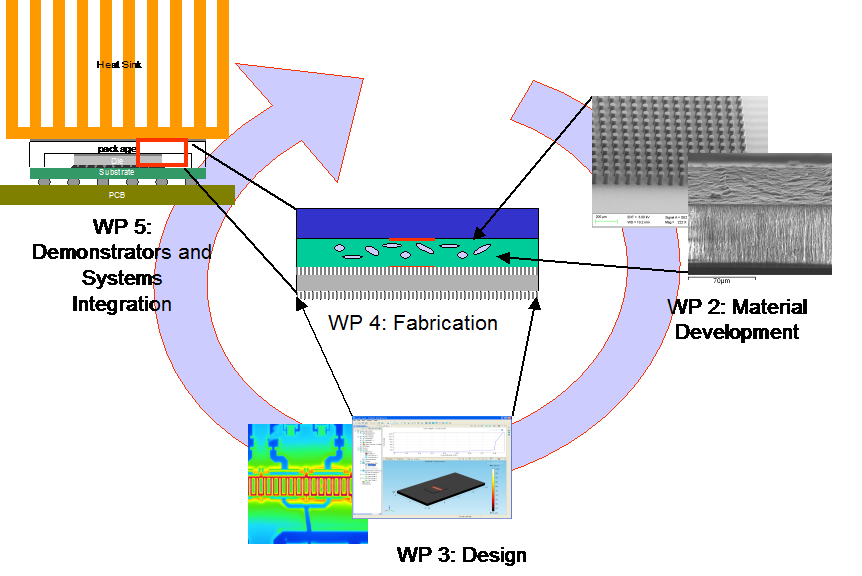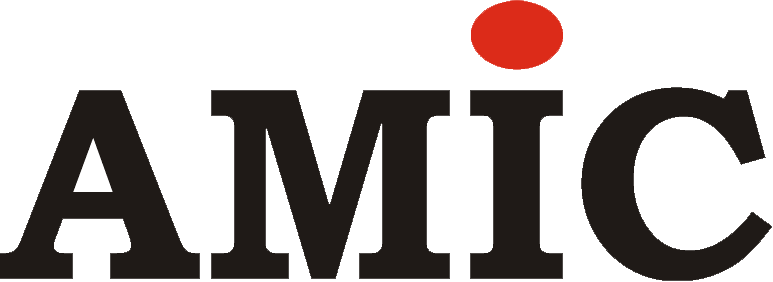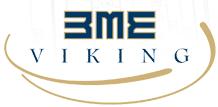Description of Work
The achievement of the project can only be fulfilled through a well-coordinated effort. This undertaking involves tasks ranging from deposition and characterization of materials to modeling, fabrication and component development to system integration. The work plan methodology is based on a top-down philosophy that employs efficiently both the broad expertise of the partners as well as their long-standing collaborative links. The goal is to devise novel technological "vehicles" in order to develop a new type of IMS based on high power handling applications. All the activities are driven by the needs of the end-users, reflected in the specifications of the demonstrators. The strategy allows each end-users to express its specific needs in order to maximize the industrial impact of the project.

Work-package flow and interdependence
The detailed structure of the NANOTHERM Integrated Project is presented in the diagram above. There are five interrelated workpackages focusing on different aspects of the overall problem: Material development, Design and Simulation, Fabrication and demonstration which are handled in workpackages 2, 3, 4 and 5, respectively. All these workpackages rely on state-of-the-art metrology tools to be developed in workpackage 3. We also combine experimental (WP 2, 4 and 5) and modeling (WP 3) skills to optimally tackle the problem: simulation and experiments are essential to narrow a rather large window of parameters from the chemistry, physics, and engineering perspective. We then channel our state of the art insight into instrument and process developments to create products that operate near the limits of performance and of critical dimension (WP 3). Throughout the research program, a strong metrology component (WP 4) for materials development and process development is in place.
In more details:
WP 1 defines the project demonstrators in order to focus, test and validate the RTD work performed within the project . Each demonstrator will be specified in terms of applications, processes, materials, technologies and requirements (e.g., power density or junction temperature). The project aims to define and subsequently deliver 5 technology demonstrators, as defined by the industrial partners Bosch, Infineon, Viking, Thales and Philips. A second objective of this work package is to define suitable test samples and methods for WP3 in order to perform the required characterization, verification and performance tests, thereby taking into account the key identified technologies and packaging concepts within the project.
The WP 2 is dedicated to the development and characterization of new enhanced nano-scaled, micro-scaled and mixtures of nano-scaled and micro-scaled materials for TIM and die attach, as well as to the design of the substrate material, needed to fulfil the demonstrators specifications defined in WP1. The materials technologies developed for those demonstrators include Carbon Nanotubes (CNT) and adhesives whose fillers sinter during processing to allow high heat dissipation. The formulations of CNT or sinter adhesives and the substrate design will be improved especially in terms of thermal and electrical performance. The characterization works will include thermal, electrical and thermo-mechanical properties of the enhanced materials and specific characterization methods will be developed when conventional methods do not provide accurate results. The correlation between materials or their morphology and manufacturing conditions will be investigated in order to provide basic manufacturing parameters for the use of the enhanced materials.
The WP 3 is dedicated to the design with respect to electrical and thermal performance optimization as well as lifetime extension of the technology demonstrators. Critical interfaces of materials and weak spots of the proposed technologies need to be identified and countered by design solutions and guidelines to increase reliability and lifetime of the demonstrators on subsystem level in this workpage. Design and verification will be effectuated in the electric, thermal and thermo-mechancial domain.
In WP4, a number of novel technologies will be developed based on the materials development from the WP2. The WP3 work will give a guideline regarding the materials selection and to some extent also the guiding of the design and process selections in the WP4. The new processing and technologies include using graphene as heat spreader embedded into the thermal interface material system, nanosilver sintering and glueing for achieve high thermal conductivity of the die attach material as well as polymer / carbon nanotubes composites to reach thin layer and high thermal conductivity TIMs.
WP 5 is the demonstrator work package. Here, partners will work together to show on system level the level of performance increase of the developed materials and technologies. System characterisation with respect to electrical, thermal and reliability-related properties will be performed and benchmarked under industrial boundary conditions versus the state of the art. Special attention will be given to manufacturability and integrability of the new technologies.
In WP 6 we will carry out a series of activities (a) to contribute and enhance thermal packaging (b) improve phononics on theoretical and experimental level, and (c) to advertise thermal and phononics studies at undergraduate and postgraduate level in Europe presenting it as an attractive interdisciplinary and gratifying endeavour. The technical activities will lead to technical and scientific results that will be disseminated and exploited in the Dissemination and Exploitation activities. It also includes the knowledge and intellectual property rights management. The aim is not only to ensure the dissemination of the project results toward the relevant industrial communities but overall to guarantee the industrial transfer of the developed technologies and to secure the corresponding supply chain.
The management activities (WP 7) will oversee all types of activities: technical, administrative, organizational, etc. The management structure consists of: The general assembly, the executive board, the project co-ordinator, work-package management teams, and work-package leaders.















